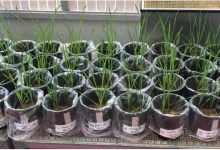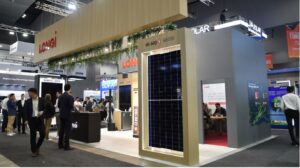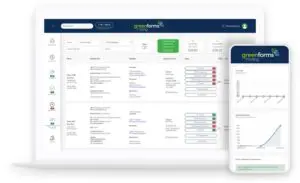PRESS RELEASE
HIGHLIGHTS
- Glasshouse testing of mixed metal dust recovered from recycled alkaline batteries successfully completed.
- Uptake of zinc and manganese in line with expectations for oxide materials for a short duration glasshouse trial.
- Larger-scale field trials being developed to assess alkaline mixed metal dust performance against conventional treatments.
Introduction
Annual sales of alkaline batteries nationally total around 6,000 tonnes.
- In 2019, Australia’s Battery Stewardship Council estimated that, at the end of their useful life, 97% of those batteries were disposed of in municipal waste streams and reported to landfill. Lithium Australia NL (ASX: LIT, ‘the Company’) aspires to ‘close the loop’ on the energy-metal cycle in an ethical and sustainable manner.
- As part of its commitment to a circular battery economy (and thus its environmental and social governance responsibilities), the Company recently assessed the use of zinc and manganese recovered from recycled alkaline batteries as micro-nutrient supplements in fertilisers.
Alkaline mixed metal dust (‘MMD’)
Alkaline MMD is produced by the Company’s wholly owned subsidiary Envirostream Australia Pty Ltd (‘Envirostream’) at its spent-battery recycling facility in Victoria, Australia. Envirostream collects the spent alkaline batteries from pick-up points at numerous locations, including Bunnings, Officeworks and Cleanaway.
- After sorting, the alkaline batteries are mechanically shredded, with the cathode and anode active compounds (collectively referred to as MMD) separated. That material contains high levels of zinc and manganese and minor amounts of graphite and potassium; the zinc and manganese are of the most interest as fertiliser micro-nutrients.
Glasshouse pot trials
Glasshouse pot trials were competed under the direction of the Company’s consulting agronomist. Nine tests were conducted on a quadruplicate basis to statistically assess MMD performance as a fertiliser against control samples. Control tests included the following.
No micro-nutrients.
Zinc as fertiliser grade ZnSO4.
Manganese as fertiliser grade MnSO4.
A combination of zinc and manganese as sulphates. -
The glasshouse pot trials were completed using wheat.
Conclusions from the trials were as follows.
Plant dry matter yields were comparable across all samples (controls and MMD).
Uptake of zinc and manganese from the MMD was observed; however, and as expected, it was slower in comparison to that of fertiliser-grade sulphate products over the compressed duration of the glasshouse pot trial.
That said, the results were encouraging enough for the Company to commit to the next stage of assessment, which may include the following.
Blended fertiliser agglomeration testing with an ammonium phosphate-based fertiliser such as monoammonium phosphate (MAP) or diammonium phosphate (DAP).
Use of these blended samples in larger-scale field trials to assess the yield performance of the MMD in comparison to commercial fertiliser products.
Comment from Lithium Australia MD Adrian Griffin










